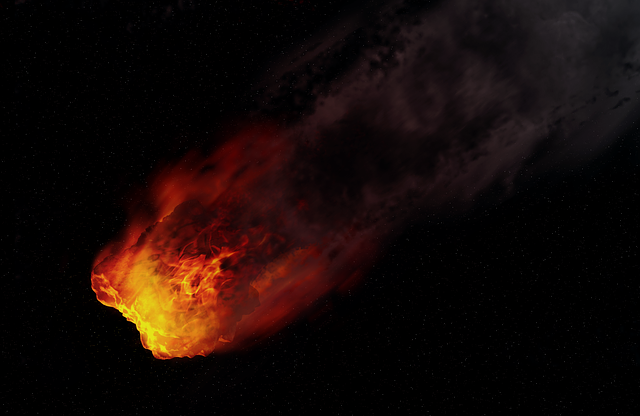A new study by a team of astronomers revealed that the small meteor that appeared in Japan as a fireball two years ago may have come from a massive binary asteroid. The astronomers warned that like the tiny meteor, there's a chance that the asteroid could also hit Earth in the future.
On April 28, 2017, it was reported that a small asteroid flew over Kyoto, Japan at around 1 a.m., Space.com reported. As the meteor went through Earth's atmosphere, it burned up and became a fireball. Experts who investigated the incident revealed that the meteor was only about 2.7 centimeters wide and weighed at around 29 grams.

Recently, a team of astronomers and researchers from various universities and observatories in Japan conducted a study on the meteor that appeared in their country two years ago. Using the data gathered by different observatories and meteor monitoring systems, the astronomers were able to trace the trajectory of the cosmic pebble as it hit Earth.

After studying the trajectory of the meteor, the astronomers learned that it may have come from a 2003 YT1, which is a massive binary asteroid. This means that the asteroid is so large that its gravitational pull attracted another asteroid. According to the astronomers, the main asteroid has a diameter of about 2 kilometers while its satellite is around 210 meters wide.
The astronomers explained that the tiny meteor may have come from the stream of debris that trails behind the binary possible. It may have been ejected from the stream during one of 2003 YT1's near-Earth approaches. According to NASA, the last time the asteroid closely approached Earth was on Oct. 31, 2016. During this time, the binary asteroid flew past Earth from a distance of 0.03477 astronomical units or around 5.2 million kilometers away.
According to the astronomers, it is possible that the binary asteroid could follow the same trajectory taken by the meteor when it hit Earth. This means that there's a chance that the asteroid and its satellite could hit Earth with the future. This coincides with earlier predictions stating that there's a 6% chance that the massive asteroid could collide with the planet in 10 million years.
The study conducted by the astronomers regarding the meteor and the binary asteroid can be accessed through the ArXiv.org website.









